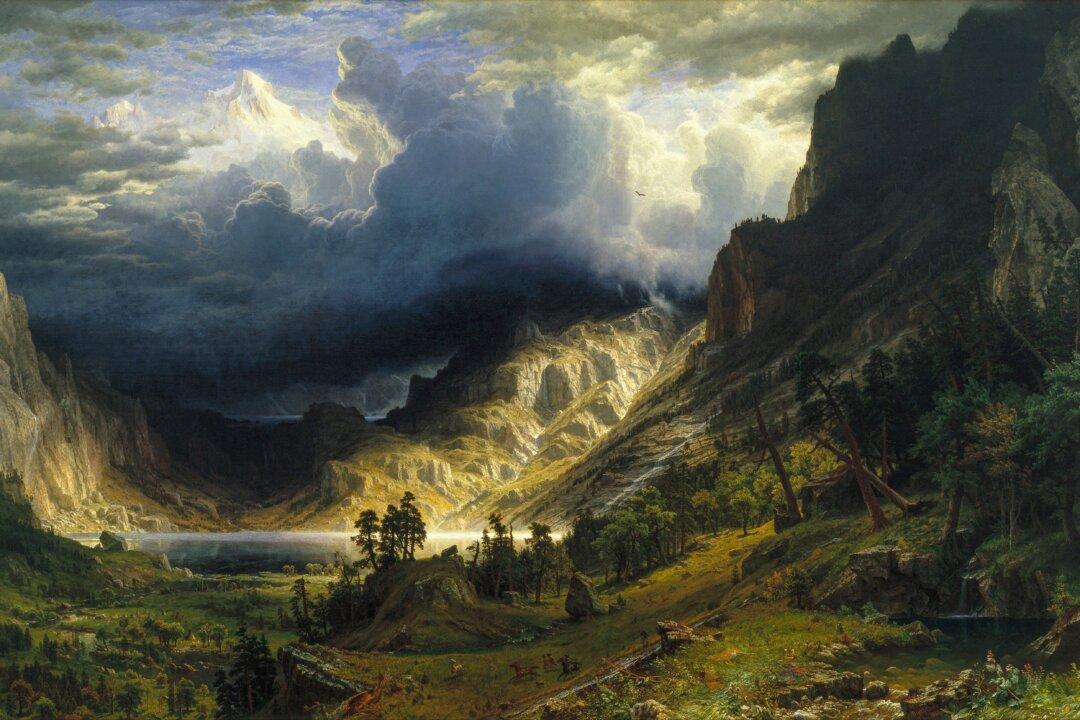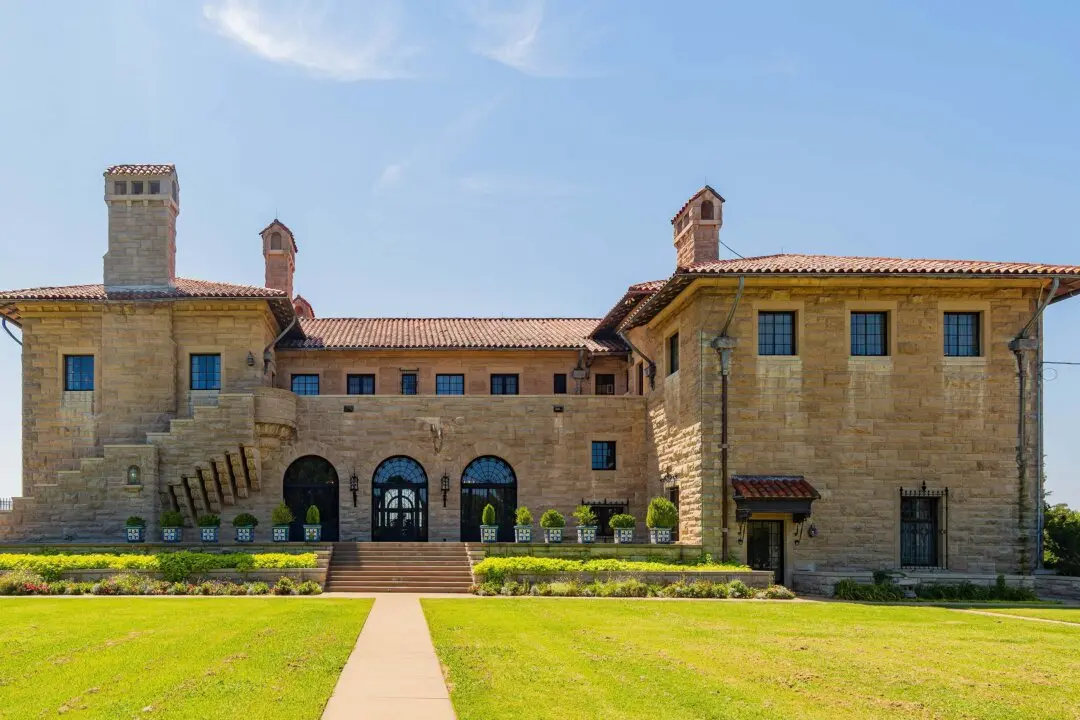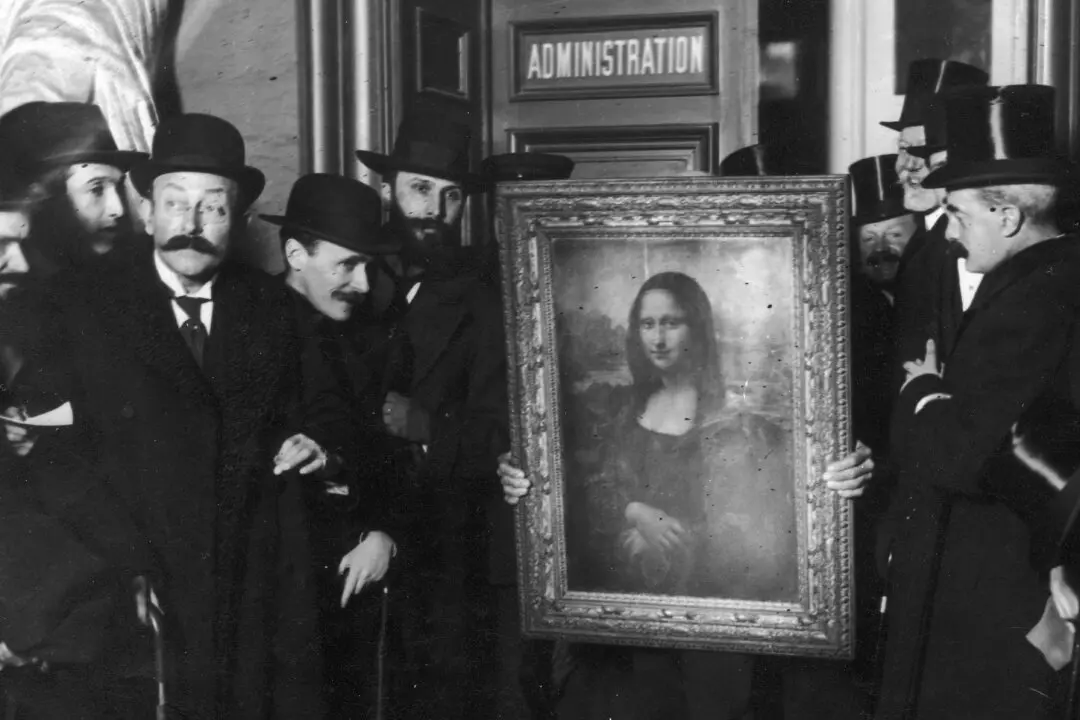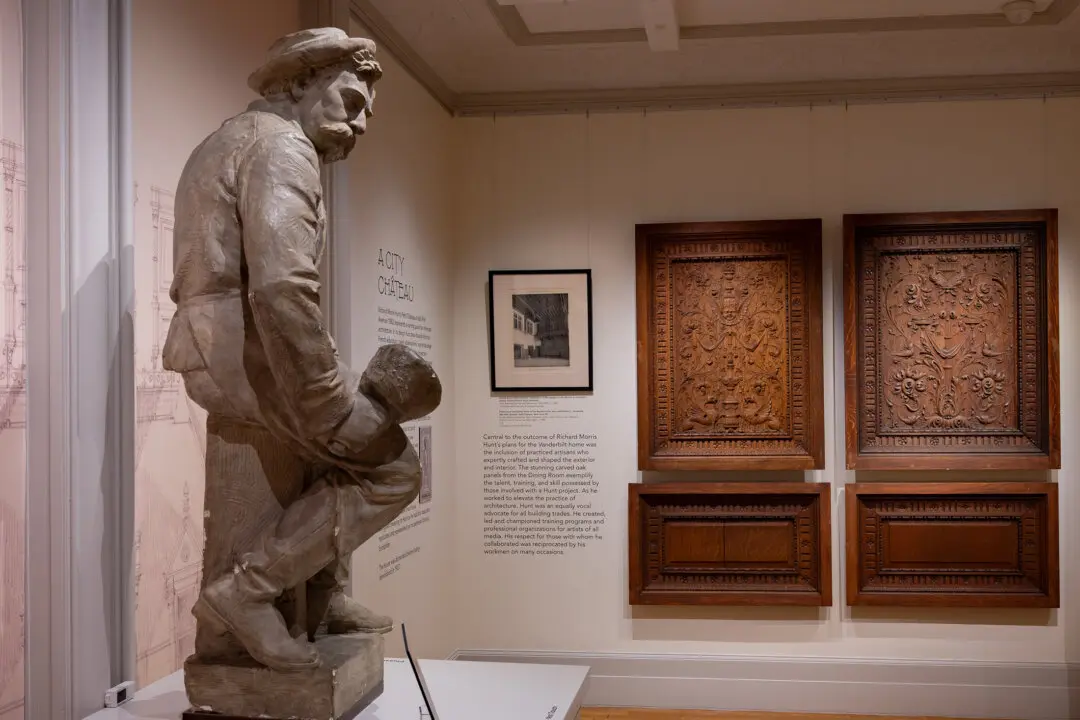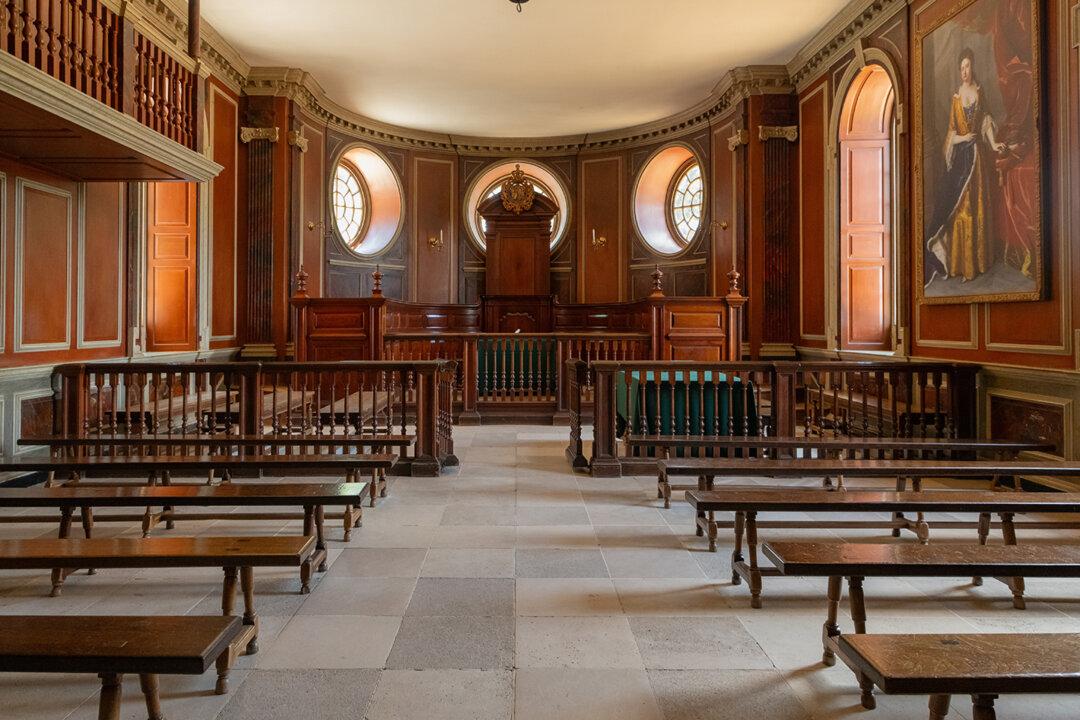“Bring me men to match my mountains, Bring me men to match my plains, Men with empires in their purpose, And new eras in their brains,” penned the American poet Sam Walter Foss in his poem, “The Coming American.”
Relatively unchartered by man in the mid 1800’s, were the great western mountains of America. Far from the cities that paved over the natural world, the virgin landscapes—wild and pure—attracted the American Romanticists and Transcendentalists. Before the transcontinental railroad was completed in 1869, one would have to traverse the unforgiving landscapes and swim horseback through rivers: The journey being the necessary and sometimes miserable path between the two.

